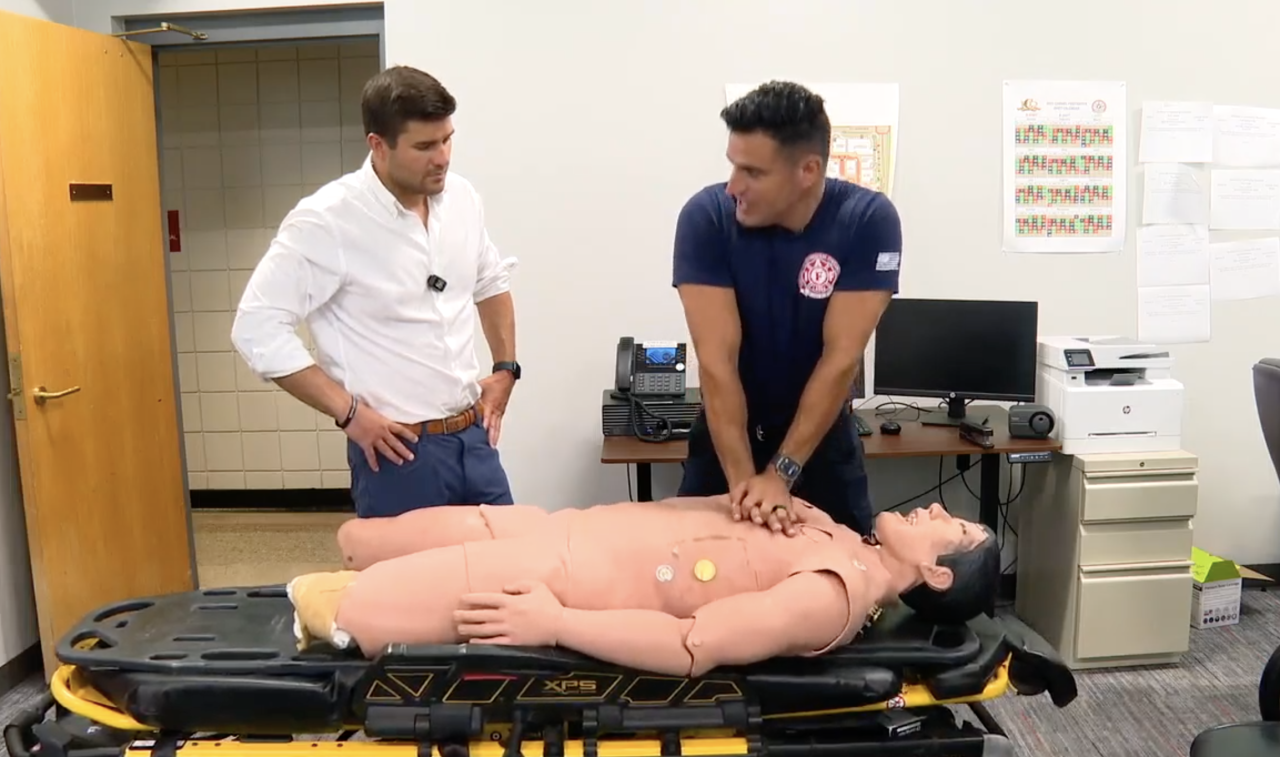CARMEL — When a heart stops, every second counts — and the Carmel Fire Department is turning to technology to make those seconds matter more.
The department has become one of the first in Indiana to equip every ambulance with a LUCAS device, a mechanical CPR machine designed to deliver consistent chest compressions during cardiac arrests.
“If we can have a tool that can help us have a better outcome, possibly, or better assist those patients in that moment, then that's what we're going to do,” said Carmel firefighter Tim Griffin.
The LUCAS device provides uninterrupted compressions during transport to the hospital — something that's often difficult for responders working in tight spaces or while in motion.
“It just alleviates a set of hands while we're on the scene to help that, you know, hopefully go smoother,” Griffin said.
According to medical experts, those compressions are critical.

“You have about four minutes worth of oxygen in your blood supply, and so the brain will begin to die after that four minutes, sometimes a little sooner, it just depends on the person,” said IU Health nurse Bradley Wiseman.
Fatigue is also a major concern during traditional manual CPR. Even trained professionals can see a drop in performance after just a few minutes.
“You'd be surprised how much the quality of compressions goes down when you're tired,” Wiseman said.
The addition of the LUCAS devices could ease the physical demands on paramedics while increasing survival chances for patients.
“Is it going to make sure that we save more lives? Is it going to, you know, assist in that? That's what we hope, ” Griffin said.
Still, Griffin emphasized that the community has a vital role to play.
Carmel’s average emergency response time is four to six minutes — a time when bystander CPR could make the difference between life and death.
“Those are three to six minutes where the brain isn't getting oxygenated, you know, blood perfused to it,” he said.
“So if you see something, we ask you to step up.”
WATCH | Carmel Firefighter Tim Griffin explains how to provide chest compressions:
Wiseman agreed, adding, “Even if you don't do great compressions, any type of help in that situation to allow for good perfusion is better than nothing at all."







